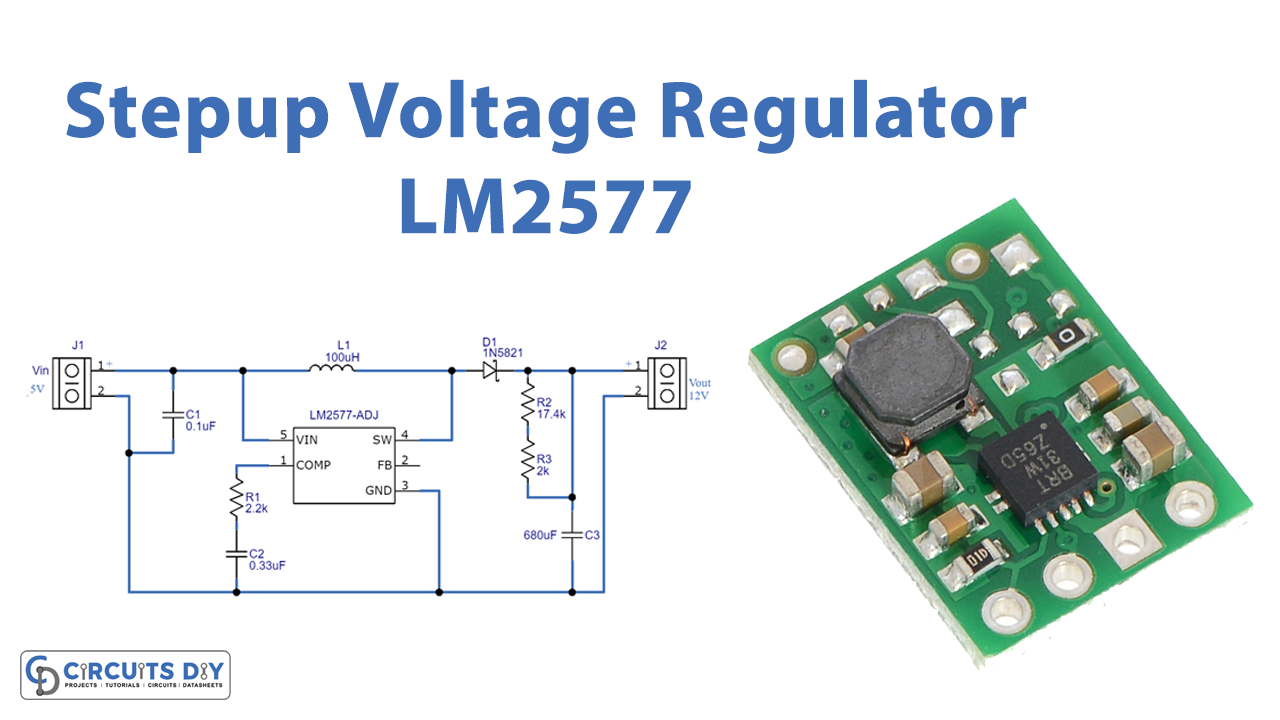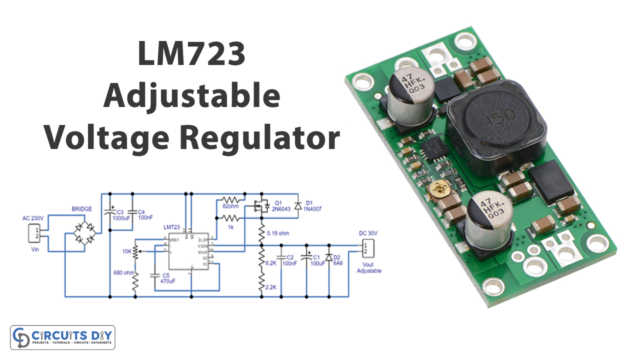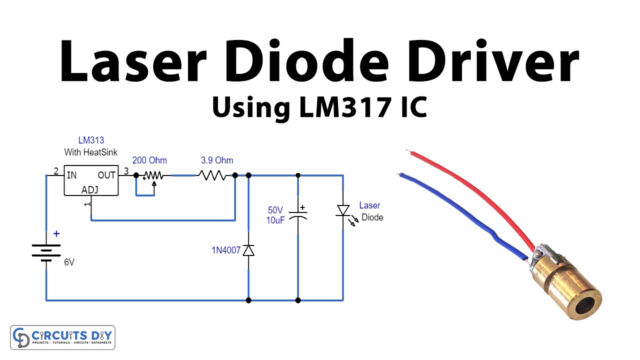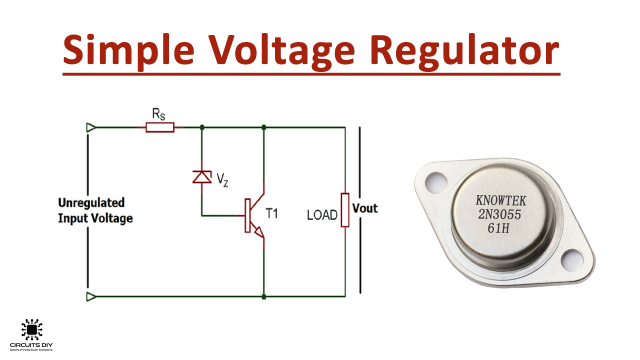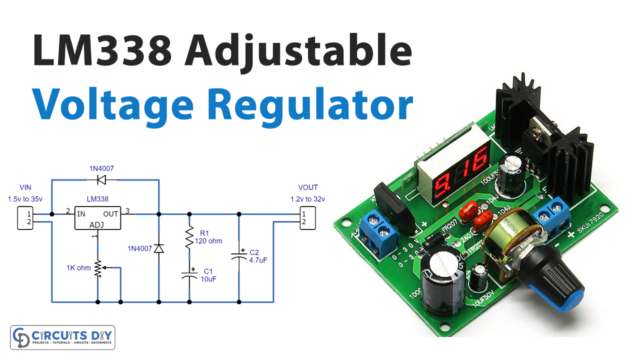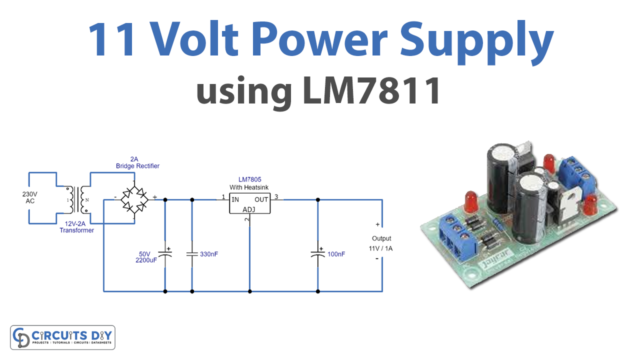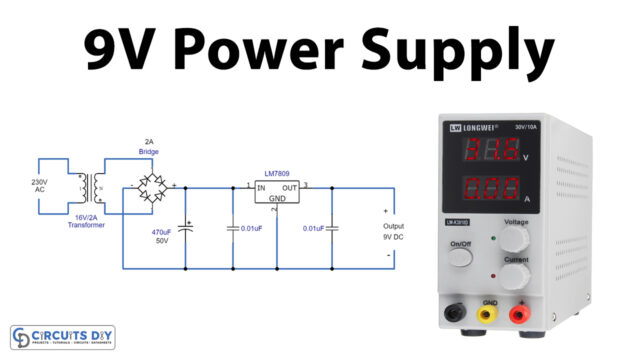Introduction
For any electronic device, fluctuating voltages are harmful. It can damage the device and is also not promising for the environment and the surroundings. Your laptops, computers, or any other electronic devices, appliances, or machines need to work on a constant voltage. And, for this purpose engineers and designers made the circuit known as the voltage regulator. It regulates the voltages and provides the constant voltage for a load at the output. Hence, voltage regulators are of different types. Some are available to decrease the voltage at the output while some are there to increase or step up the voltage for the output load. But, both give the constant voltage. Thus, in this tutorial, we are going to Make a “Step-Up Voltage Regulator”.
Hardware Required
| S.no | Component | Value | Qty |
|---|---|---|---|
| 1. | ADJ | LM2577S | 1 |
| 2. | Inductor | 100µH | 1 |
| 4. | Diode | 1N4007 | 1 |
| 5. | SMD Capacitor | 680µF, 0.1µF, 0.33µF | 1,1,1 |
| 6. | SMD Resistor | 2K, 2.2K, 17.4K | 1,1,1 |
| 7. | 2-Pin Connector | – | 2 |
Circuit Diagram
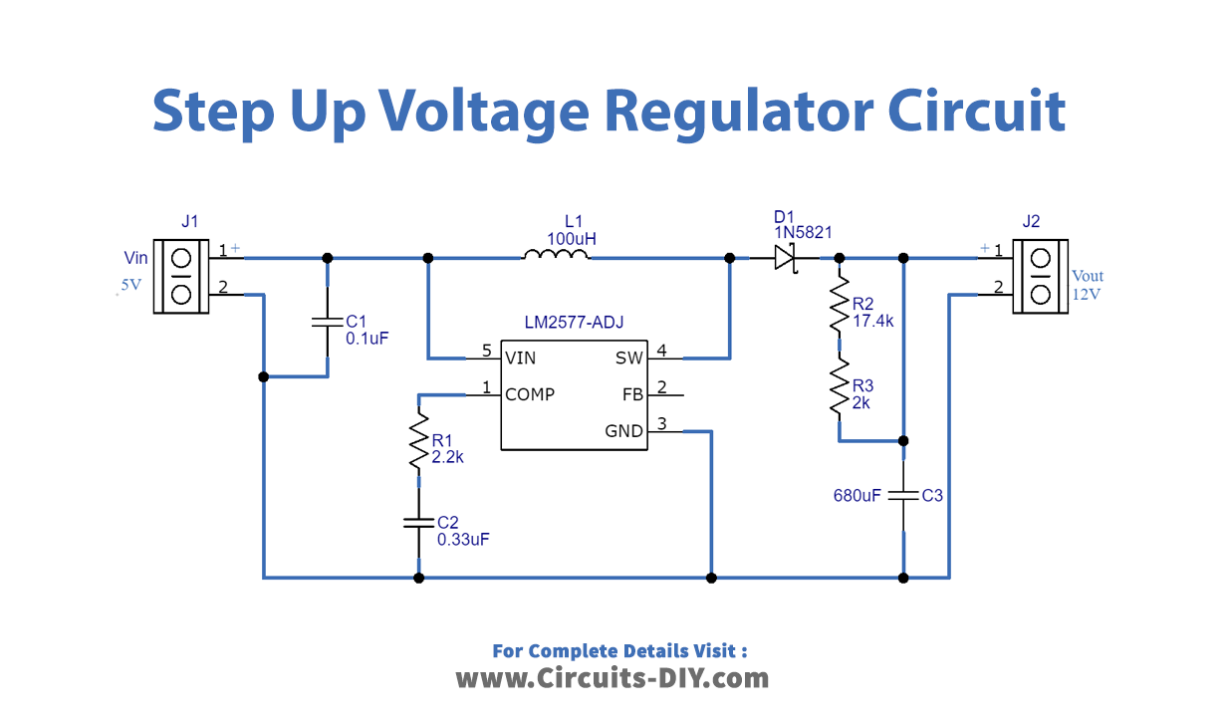
Working Explanation
To make a Step-Up Voltage Regulator, the circuit is using an LM2577S IC. Input voltage is applied at pin 5 of an IC while pin 3 is grounded. The COMP pin 1 is connected with the Resistor R1 and capacitor C2 which are there for the reference voltage. At the Switch pin, pin 4 has a Schottky diode, wired to prevent the circuit from reverse supply flow. At the feedback pin, pins 2, R2, and R3 are connected. Remember both the resistors are creating a great impact on the output voltage, different values of resistance here can generate different voltages at the output.
Application and Uses
- Power distribution systems
- Power supplies.
- In other electronic devices and circuits.

